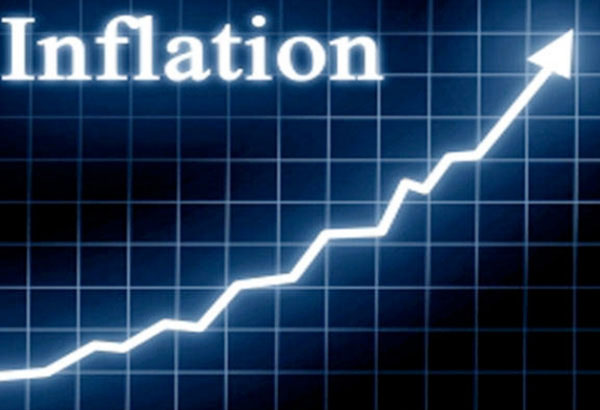MANILA, Philippines - Inflation kicked up to 1.1 percent in November from a record low of 0.4 percent in October due to a sharp increase in food prices, the Philippine Statistics Authority (PSA) reported yesterday.
Last month’s inflation fell within the 0.4 to 1.2 percent forecast of the Bangko Sentral ng Pilipinas (BSP) as inflation likely bottomed out at 0.4 percent in September and October.
BSP Governor Amando Tetangco Jr. said monetary authorities would monitor external developments as inflation bottomed out in September and October with credit and domestic liquidity growth rates also stabilizing.
“These signal that our stance of policy right now is appropriate,” he said.
The Monetary Board is set to hold its last policy-setting meeting for the year on Dec. 17. The central bank has kept interest rates steady for ninth straight policy setting meetings since October last year.
Tetangco said the BSP would continue to monitor developments, particularly actions of advanced economies including the decision of the impending normalization of interest rates by the US Federal Reserve as well as the decision of the European Central Bank (ECB) to cut interest rates.
“The ECB cut rates a bit shallower than some anticipated. We will see how the balance of this, possible US lift off this month and further moves from Chinese authorities would impact on domestic price and growth dynamics,” Tetangco said.
Inflation averaged 1.4 percent in the first 11 months of the year from 4.3 percent in the same period last year. This was lower than the BSP inflation target of between two and four percent this year.
The rise in the consumer price index was primarily due to the higher annual rate in the heavily-weighted food and non-alcoholic beverages index as it advanced by 1.7 percent from a previous month’s growth of 0.7 percent.
The government also noted faster annual increments in the indices of alcoholic beverages and tobacco; clothing and footwear; furnishing, household equipment and routine maintenance of the house; health; transport; recreation and culture; and restaurant and miscellaneous goods and services.
Excluding selected food and energy items, core inflation went up 1.8 percent in November from 1.5 percent in October.
At the national level, annual mark-ups were higher in the indices of eight out of the 11 commodity divisions. The indices of communication and education retained their last month’s rates while the index of housing, water, electricity, gas and other fuels continued to exhibit a negative rate of 1.2 percent.
On an annual basis, the food index accelerated 1.7 percent in November from 0.7 percent in October.
A double-digit annual growth of 12 percent was recorded in the vegetable index while faster annual add-ons were also seen in the indices of other cereals, flour, cereal preparation, bread, pasta and other bakery product at 1.2 percent; meat, 0.9 percent; fish and fruit, both at 3.6 percent; and sugar, jam, honey, chocolate and confectionery, 3.9 percent.
The rest of the food groups moved slower with the index for corn having a zero growth. Declines were however, observed in the indices of rice at -2.4 percent and oils and fats, -0.1 percent.
Inflation in the National Capital Region (NCR) picked up to one percent in November from 0.2 percent in October, while inflation in areas outside NCR leaped by 1.1 percent from 0.5 percent.
The BSP has further lowered its inflation forecast to 1.4 percent instead of the previous projection of 1.6 percent because of the continuing softening of oil prices as well as other food prices.
Likewise, inflation forecast for 2016 was reduced to 2.3 percent instead of 2.6 percent and for 2017 to 2.9 percent instead of three percent amid the continued decline in oil and other commodity prices as well as an economic growth fueled by continued consumer spending. – With Ted Torres


